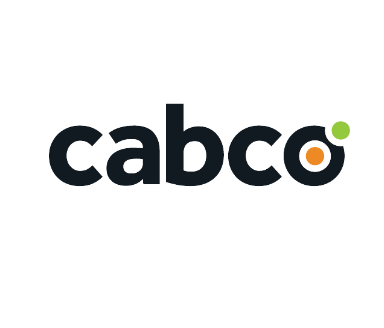Windows 10 Support Is Ending: Is Your Business Ready for the Transition?
After October 14, 2025, Microsoft will no longer provide free critical security updates for Windows 10. If your organization is still relying on this operating system, it’s time to act. At Cabco, we make the transition to Windows 11 simple, secure, and stress-free—so your team can keep working without disruption.
What’s at Risk If You Wait?
Upgrading isn’t just a tech decision—it’s a business one. Delaying your Windows 11 migration could result in:
Cybersecurity vulnerabilities – No more updates means your systems will become increasingly exposed to new threats.
Productivity losses – Outdated systems often cause slowdowns, compatibility issues, and employee frustration.
Unexpected IT costs – Emergency fixes, unplanned downtime, and last-minute hardware replacements are all more expensive than a proactive upgrade.
Not Every Upgrade Looks the Same—And That’s Okay
For some businesses, migrating to Windows 11 might be as simple as replacing a few laptops or upgrading existing hardware. For others, it could mean rethinking parts of their broader IT infrastructure.
Wherever you are in the process, getting clarity now can mean the difference between a smooth transition and an unexpected business disruption. Whether you're managing the migration in-house or want expert support, Cabco is here to help you avoid surprises, reduce downtime, and stay protected.
Your Windows 11 Migration Plan—Cabco’s Step-by-Step Guide
Here’s how to approach the upgrade with confidence:
1. Assess Your Current Environment
Start with a full inventory of your devices. Identify which are running Windows 10 and which are eligible for Windows 11.
🕒 Estimated Time: 1–2 weeks
2. Plan for Upgrades
Test Windows 11 on a small set of eligible devices to catch any issues early. Budget for new hardware if necessary.
🕒 Estimated Time: 1–2 weeks
3. Review Your Software Ecosystem
Make sure your critical applications are compatible with Windows 11. If some aren’t, consider updates or cloud-based alternatives like Microsoft 365.
🕒 Estimated Time: 2–4 weeks
4. Develop a Migration Timeline
Not every department needs to upgrade at the same time. Prioritize based on need, support capacity, and project schedules.
🕒 Estimated Time: 1–2 weeks
5. Backup and Secure Your Data
Before making any changes, ensure all critical data is backed up. Apply any temporary security patches until upgrades are complete.
🕒 Estimated Time: 1–2 weeks
6. Train Your Team
Smooth transitions start with preparation. Train users on the Windows 11 interface and make sure your IT team is confident managing the new environment.
🕒 Estimated Time: 2–3 weeks
7. Plan for Contingencies
Some systems may need to stay on Windows 10 temporarily. Put safeguards in place—like network isolation and extended support patches.
🕒 Estimated Time: 2–3 weeks
8. Migrate in Stages
Rolling out the upgrade department by department helps avoid disruptions and gives you time to fix any issues along the way.
🕒 Estimated Time: 2–3 weeks
Let’s Future-Proof Your IT Together
Whether you’re starting from scratch or partway through your migration, Cabco can help. From assessments and hardware procurement to user training and long-term support—we’re here for as much or as little as you need. Contact us for a complimentary system evaluation to see if your equipment can be upgraded easily and safely.

